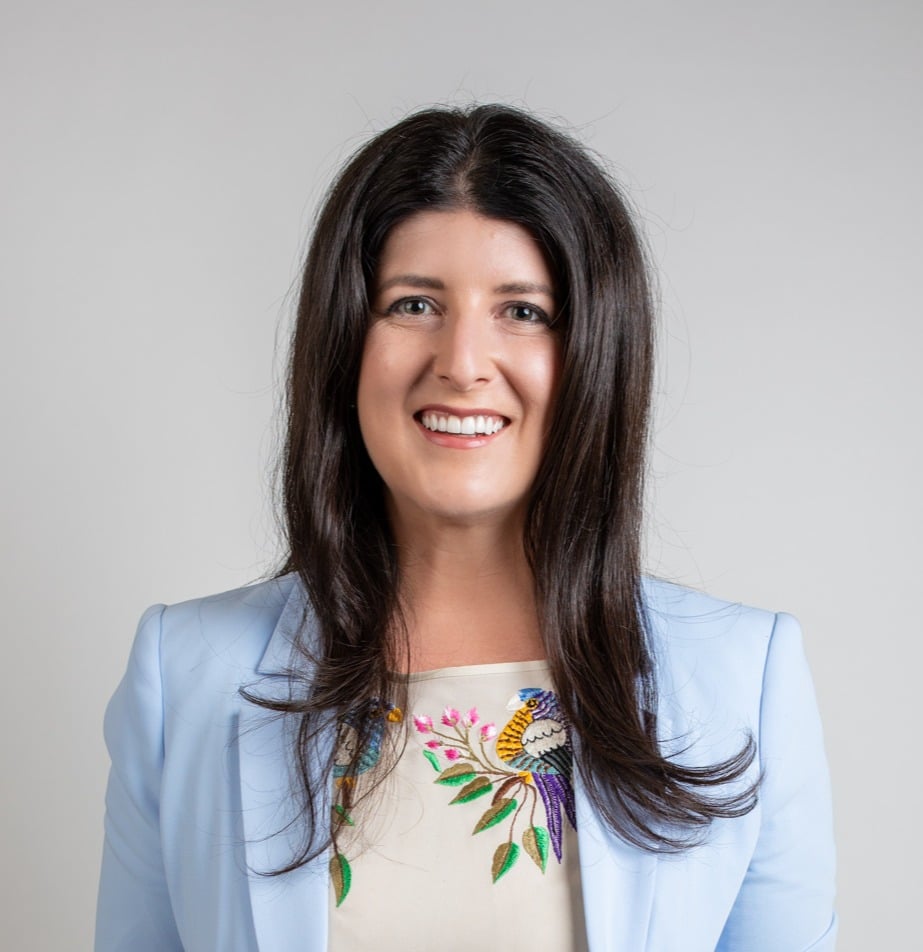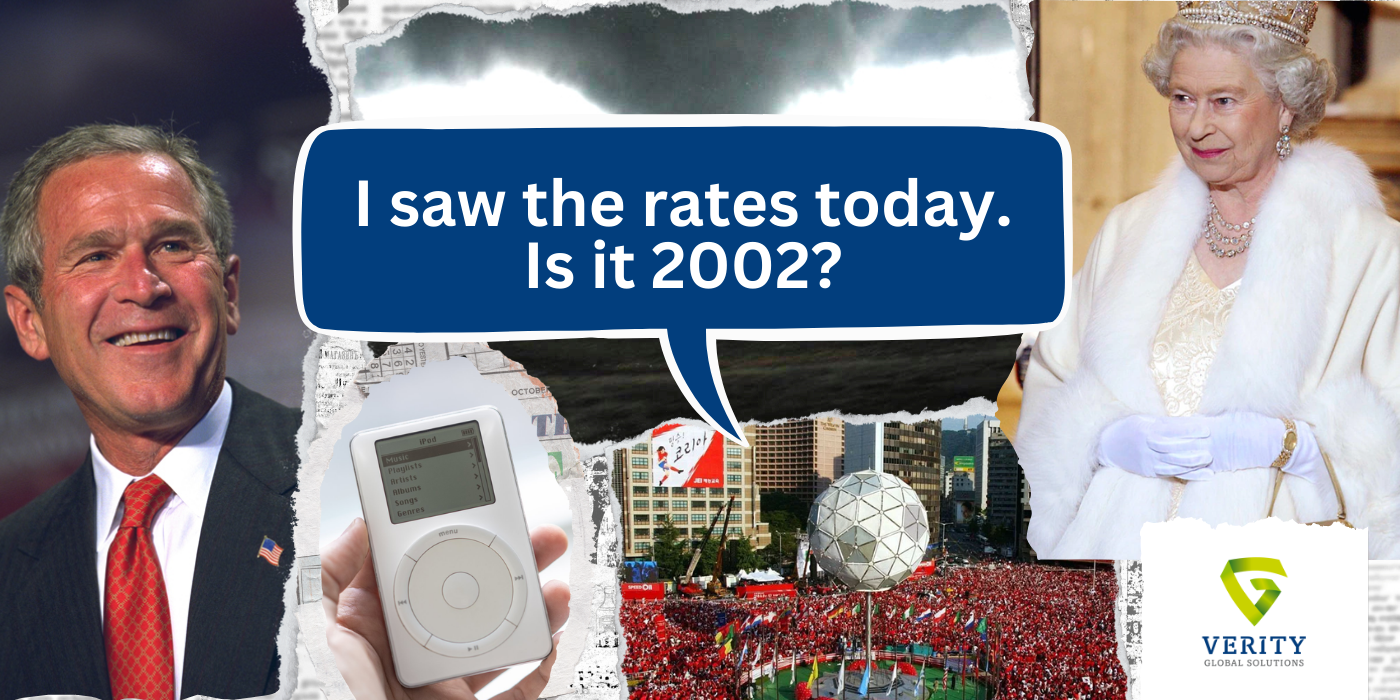What is Non-QM?
A Primer on Non-QM and Opportunities for Mortgage Lenders
Non-QM is different from selling agency paper. Non-QM makes some independent mortgage bankers nervous because their friend or warehouse lender rep told them how they lost money on non-QM. Whether you’re a little scared of non-QM or don’t understand the difference between it and agency paper, non-QM is not something you should be sleeping on given current market conditions.
A Definition of Non-QM
Non-QM stands for “non-qualified mortgage'' and is a type of mortgage loan that allows borrowers to skip traditional qualifiers like income verification and qualify based on alternative methods. Borrowers can use assets or bank statements as income verifiers.
Did you know that small business owners, self-employed contractors and gig economy workers make up nearly 48% of the private workforce? The potential is there. But, non-QM is a niche market and the process is challenging.
Types of Non-QM Programs
Bank Statement Loans
This loan option is available for eligible self-employed borrowers to purchase or refinance a home. Without requiring tax returns, personal or business bank statements are used to calculate income. Not all self-employed borrowers qualify. Additional documentation may be required.
P&L Only Loans
The P&L loan program is designed to be the easiest way for self-employed home buyers to get approved. Borrowers produce a P&L statement from their business to prove income.
DSCR Loans
This loan uses cash flow on a property to qualify for a home loan and does not require tax returns or employment information. DSCR loan stands for debt service coverage ratio.
Foreign National Loans
This loan enables non-residents to purchase in the United States. Larger down payments are typically required, as well as documentation such as a credit report from home countries if available, background checks, two years of personal tax returns, copies of bank statements, proof of employment, passport copies and more.
How non-QM Works
Lenders ready to dip their toes into non-QM turn to non-agency mortgage investors. These firms allow you to lock your non-QM loan best efforts and do a non-delegated underwrite. Non-QM involves a messy process that stymies many independent mortgage bankers.
Independent of how it’s originated, all non-QM loans need a reliance letter. The reliance letter grades it A, B or C and that rating is then used by credit agencies for securitization. In order to get a reliance letter, you have to have a due-diligence company, or a third-party review (TPR) company, that is rated by Moody’s, SNP or the like, who will then do a reliance letter.
Smaller independent mortgage bankers have their non-QM loans underwritten directly by a non-agency mortgage investor. The investor verifies the loan is good to go. It is funded off of your own warehouse line and then you sell it to the investor. When you’re doing a conventional loan or an FHA loan and going to a non-delegating process, you have a lender who underwrites the loan and then they buy it off your warehouse line the next day. This is not what happens for non-QM. What ends up happening for non-QM is that the investor underwrites the loan and then, as soon as it’s funded, you send it to the investor again, who then sends it to the TPR company who will re-underwrite it and recondition you. Getting conditions if you don’t have them from a borrower after the loan has closed is hard for most small independent mortgage banks, making this process very hard. Larger or midsize lenders underwrite the loans themselves and then get their own TPR.
Even more unique is that you write your own guidelines and include exceptions. The TPR firm gets a copy of your guidelines and will underwrite your guidelines. Let’s go through an example – say your underwriting guidelines have a cap on acreage of 20 acres max. Your loan is for a property of 30 acres. You want to make an exception because of the LTV and FICO. You can write an exception letter and include that with the file when you send it to the TPR firm.
Opportunities
Lenders ready to open a new line and much-needed revenue stream can make non-QM profitable by outsourcing part of the process. Outsourcers, like Verity, can underwrite to your end investors guidelines (whether that is you or not). Here at Verity, we will soon have the ability to offer one process, being able to underwrite and do the TPR letter. Essentially, Verity will be a one-stop-shop for lenders wanting to lend non-QM.
Sign up to be the first to learn about Verity’s turn-key non-QM service.




